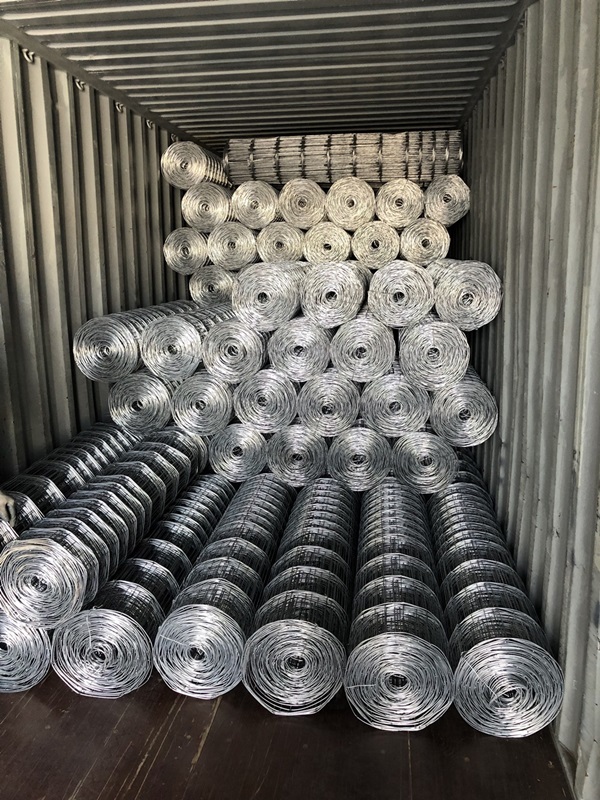ສ.ຫ. . 12, 2024 17:42 Back to list
Innovative Scaffolding Solutions for Enhanced Construction Safety and Efficiency in Modern Projects
Scaffolding Systems Essential Tools for Construction
Scaffolding systems are fundamental components in the construction industry, providing essential support and access for workers and materials during the building process. These temporary structures facilitate various tasks, including construction, maintenance, and repairs, ensuring that projects can be completed safely and efficiently. With advancements in engineering and technology, modern scaffolding systems have evolved to meet the increasing demands of the industry, offering enhanced safety, functionality, and adaptability.
Types of Scaffolding Systems
There are several types of scaffolding systems, each designed to serve specific purposes. The most common types include
1. Frame Scaffolding This is one of the simplest and most widely used scaffolding methods. It consists of prefabricated frames connected with cross braces to create a stable platform. Frame scaffolding is easy to assemble and disassemble, making it a popular choice for a variety of construction projects.
2. Suspended Scaffolding Used for high-rise buildings and structures, suspended scaffolding is hung from the top of a building. This type of scaffolding is ideal for tasks like window washing, painting, and repairs, as it allows workers to access hard-to-reach areas.
3. Rolling Scaffolding This type features wheels that allow the scaffolding to be easily moved from one location to another. Rolling scaffolds are particularly useful for projects that require frequent mobility, such as interior work in large buildings.
4. System Scaffolding Made up of modular components that can be quickly assembled and reconfigured, system scaffolding is incredibly versatile. This method is often favored for its strength and the ability to adapt to various building shapes and sizes.
scaffolding systems product

Safety Considerations
Safety is the paramount concern when using scaffolding systems. Proper installation and maintenance are essential to ensure the structural integrity and stability of the scaffolding. The Occupational Safety and Health Administration (OSHA) has established regulations that dictate how scaffolding should be constructed, used, and inspected.
Before scaffolding is used, a thorough inspection should occur to check for any damage or wear and tear. Additionally, workers must be trained on how to properly use scaffolding, including guidelines for weight limits, handling tools and materials, and using fall protection equipment. Effective communication on-site is also crucial to ensure that everyone is aware of potential hazards.
Benefits of Scaffolding Systems
The benefits of scaffolding systems extend beyond safety. These structures enable workers to perform their tasks more efficiently, leading to faster project completion times. With the ability to reach heights safely, workers can carry out tasks that would otherwise be difficult or impossible to achieve.
Moreover, scaffolding systems are customizable, allowing contractors to create solutions tailored to their specific project needs. This adaptability means that scaffolding can be used in diverse settings, from residential buildings to industrial facilities, making it an invaluable tool in the construction industry.
Conclusion
In conclusion, scaffolding systems play a crucial role in the construction world. They provide a safe and efficient means for workers to access elevated areas, ensuring that projects are completed to the highest standard. As technology continues to advance, we can expect to see even more innovative scaffolding solutions that will enhance safety and efficiency on job sites. Whether for small-scale renovations or large commercial projects, scaffolding remains an essential element in the construction process, highlighting its importance in shaping our built environment.
-
Durable Hot-Dip Galvanized Farm Field Wire Fence | Farm Security
NewsAug.01,2025
-
Temporary Fencing Solutions-Anping County Xingzhi Metal Wiremesh Products Co.,Ltd
NewsJul.31,2025
-
Hop Dipped Galvanized / PVC Coated Temporary Fence - Anping County Xingzhi Metal Wiremesh Products Co., Ltd.|Durable Temporary Fencing&Cost-Effective Security Solutions
NewsJul.31,2025
-
Hop Dipped Galvanized / PVC Coated Temporary Fence-Anping County Xingzhi Metal Wiremesh Products Co., Ltd|durable temporary fencing&corrosion-resistant solutions
NewsJul.31,2025
-
Temporary Fencing Solutions - Anping County Xingzhi Metal | Galvanized PVC Coated Fences
NewsJul.31,2025
-
358 Anti-Climb Welded Wire Mesh Fence - High Security, Durable
NewsJul.31,2025



